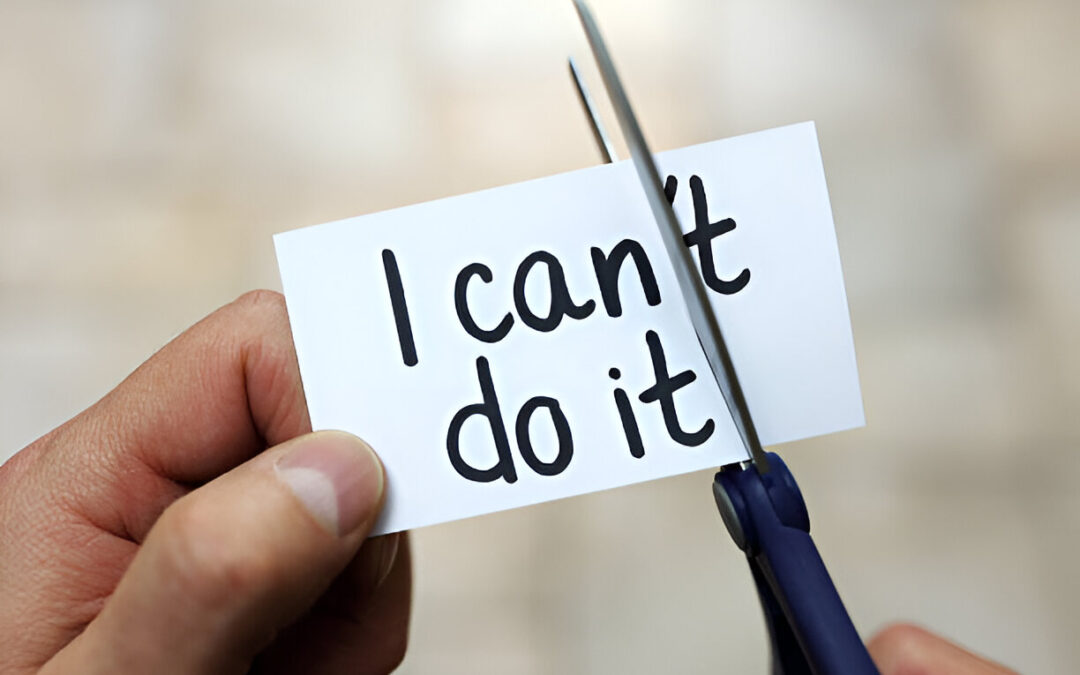Failure is inevitable in any significant endeavor, whether launching a startup, leading a team, or driving organizational change. The history books are filled with stories of great leaders and revolutionaries who faced insurmountable obstacles, experienced crushing defeats, and achieved extraordinary success.
The difference between those who succumb to failure and those who rise above it lies not in the absence of setbacks but in their response to them. The former possesses a unique ability to learn from their mistakes, adapt their strategies, and emerge stronger, wiser, and more determined than before.

Embracing Setbacks And Failures:
Our culture often glorifies overnight success stories, creating the misleading impression that great achievements are born from a seamless, failure-free trajectory. This is a dangerous myth.
The reality is that failure is an integral part of the success journey. Every great leader, revolutionary, and innovator has experienced setbacks, mistakes, and moments of doubt.
Consider these examples:
- Thomas Edison failed thousands of times before inventing the light bulb. He famously said, “I have not failed. I’ve just found 10,000 ways that won’t work.”
- Abraham Lincoln lost numerous elections before becoming one of the most revered presidents in American history.
- Steve Jobs was fired from Apple, the company he co-founded, only to return and lead it to unprecedented success.
- J.K. Rowling faced multiple rejections before publishing the Harry Potter series, which became a global phenomenon.
- Nelson Mandela faced prison for his beliefs and came out stronger to lead the country.
These individuals didn’t avoid failure; they embraced it. They viewed setbacks not as roadblocks but as learning opportunities, feedback that guided them towards a better path. They understood that failure is not the opposite of success; it’s a precondition for it. From fearing failure to embracing it as a teacher, this mindset shift is the foundation of resilience.
Recovery and growth with the RISE Framework:
The RISE Framework provides a structured approach to overcoming failure and turning defeat into victory. It’s a four-stage process that encompasses reflection, integration, strategy, and execution:
- R – Reflect: Take the time to analyze what happened, understand the root causes of the failure, and identify key lessons learned.
- I – Integrate: Process the emotional impact of the setback, accept what happened, and integrate the lessons learned into your understanding of yourself and your approach.
- S – Strategize: Develop a new action plan, incorporating the insights gained from the reflection and integration stages. Adjust your goals, strategies, and tactics as needed.
- E – Execute: Take decisive action based on your new strategy. Persevere, adapt, and stay focused on your long-term vision.
This framework is not a magic formula; it’s a process that requires conscious effort, self-awareness, and a willingness to learn and grow. It’s about transforming the experience of failure from a source of shame and discouragement into a catalyst for positive change.

The Power Of Reflection:
The first stage of the RISE Framework is Reflect. This is about conducting a thorough and honest analysis of the failure. It’s not about dwelling on the past or assigning blame; it’s about extracting valuable lessons to inform future decisions.
Key questions to ask during the Reflection stage:
- What happened? Describe the situation objectively, without judgment or emotion.
- What were the contributing factors? Identify the internal and external factors that led to the failure.
- What assumptions did I make that turned out to be incorrect?
- What could I have done differently?
- What did I learn about myself?
- What did I learn about my team, market, or strategy?
- What are the key takeaways from this experience?
This reflection process should be both individual and collective. If a team is involved, create a safe, open, and honest discussion space. Encourage everyone to share their perspectives without fear of blame. The goal is to create a shared understanding of what happened and why. Document the findings of this reflective process, either in a personal journal or in a shared document so everyone can refer back to it.
Processing Emotions And Lessons For Integration.
The second stage, Integrate, is about processing the emotional impact of the failure and integrating the lessons learned into your understanding of yourself and your approach. Failure can trigger many emotions, including disappointment, frustration, anger, shame, and grief. It’s important to acknowledge and process these emotions healthily.
Strategies for emotional integration:
- Allow Yourself to Feel: Don’t suppress or deny your emotions. Allow yourself to feel the disappointment, frustration, or sadness.
- Practice Self-Compassion: Treat yourself with kindness and understanding. Remember that everyone makes mistakes.
- Seek Support: Talk to trusted friends, family members, mentors, or a therapist. Sharing your feelings can help you process them and gain perspective.
- Journaling: Writing about your experiences and emotions can be a powerful way to process them and gain clarity.
- Mindfulness Meditation: Practicing mindfulness can help you become more aware of your thoughts and emotions without judgment.
Once you’ve processed the emotional impact, it’s time to integrate the lessons learned. This means incorporating the insights gained from the reflection stage into your understanding of yourself, your team, and your approach.
It’s about updating your mental models and beliefs based on the new information you’ve acquired. This might involve recognizing a weakness in your leadership style, identifying a flaw in your business model, or acknowledging a personal limitation.

Strategizing For Action:
The third stage, strategizing, is about developing a new plan of action based on the insights gained from the reflection and integration stages. This is not about repeating the same actions and hoping for a different outcome; it’s about making informed adjustments to your goals, strategies, and tactics.
Key steps in the Strategize stage:
- Revisit Your Goals: Are your original goals still relevant and achievable? You may need to adjust them based on the lessons learned from failure.
- Identify Alternative Approaches: Brainstorm alternative strategies and tactics for achieving your goals. Consider different paths, different partnerships, or different product offerings.
- Develop a Detailed Plan: Create a detailed plan of action outlining the steps you will take, the resources you will need, and the timeline for implementation.
- Prioritize Ruthlessly: Focus on the actions that will have the most significant impact. Don’t try to do too much at once.
- Build Contingency Plans: Anticipate potential challenges and develop contingency plans to address them.
- Seek External Input: Get feedback from trusted advisors, mentors, or colleagues on your new strategy.
This stage is about creating a roadmap for moving forward, incorporating the lessons learned from the past, and setting a clear course for future success.
Consistently Executing the Plan:
The final stage, Execute, is about taking decisive action based on your new strategy. This requires courage, determination, and a willingness to persevere in facing inevitable challenges.
Key principles for effective execution:
- Start Small: Break down your plan into smaller, manageable steps. This will make the process less daunting and allow you to build momentum.
- Focus on Consistency: Consistent effort over time is more important than sporadic bursts of activity.
- Track Your Progress: Monitor your progress regularly and make adjustments as needed.
- Celebrate Milestones: Acknowledge and celebrate your achievements along the way. This reinforces positive behavior and builds motivation.
- Stay Adaptable: Be prepared to adjust your plan as needed based on new information or changing circumstances.
- Don’t Give Up: Perseverance is key. Setbacks and challenges will occur, but don’t let them derail you. Learn from them and keep moving forward.
- Seek Accountability: Find someone who will keep you accountable to your plan.
This stage is about implementing your plan and staying committed to your goals, even when times are tough.
Concluding Thoughts:
Failure is not the opposite of success; it’s a stepping stone toward achieving it. Great leaders and revolutionaries understand this fundamental truth. They embrace failure as a learning opportunity, using it to refine their strategies, strengthen their resilience, and ultimately achieve their goals. Remember, it’s not about avoiding failure but learning from it and rising stronger each time.
Ready to develop the resilience of a great leader? Schedule a discovery call today to explore how we can help you implement the RISE Framework and achieve your goals.










